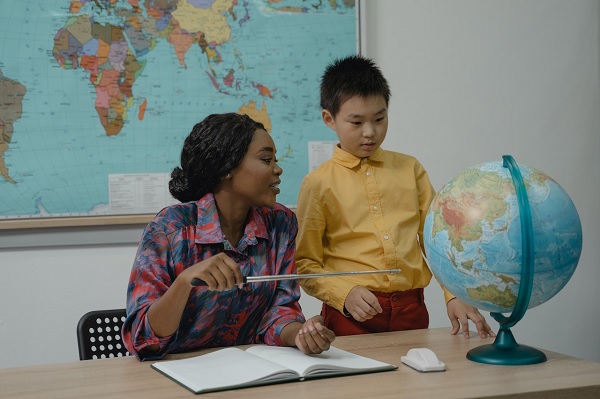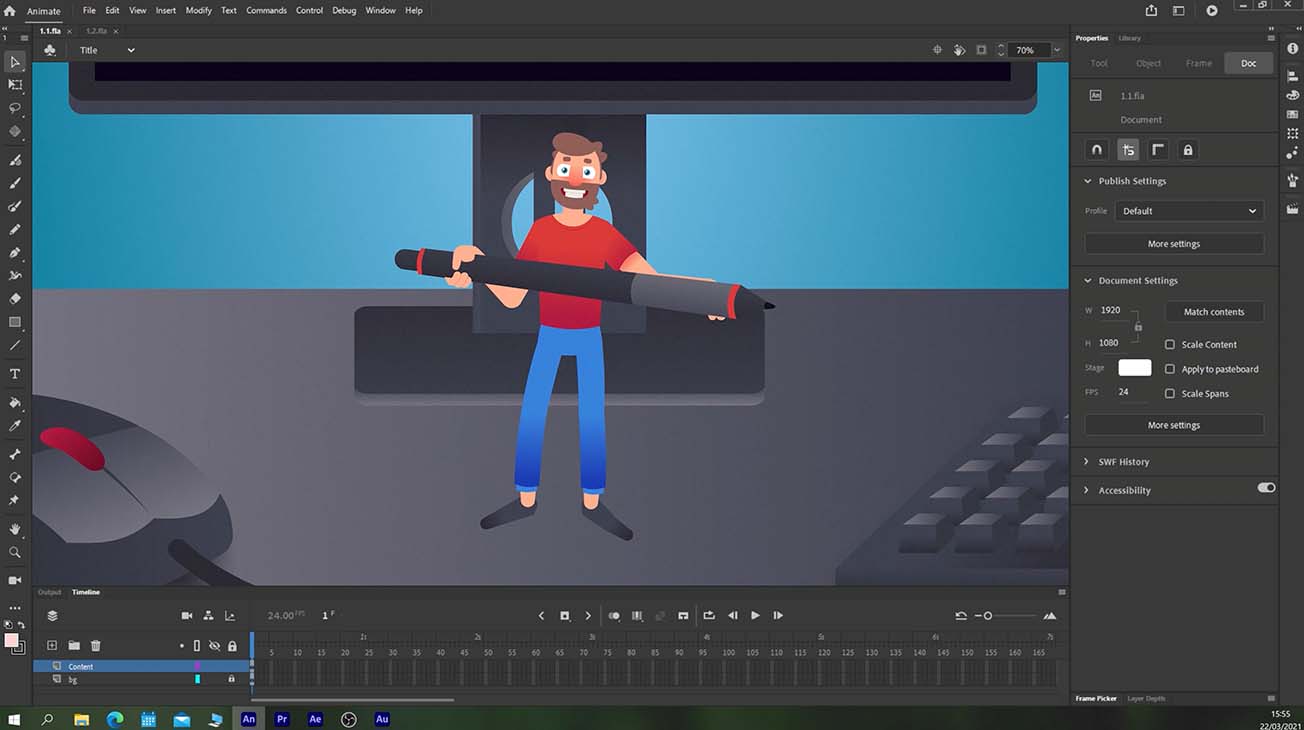The educator provides evidence of the effective implementation of at least one co-teaching model and a complete instructional plan outlining the model’s performance.
To What Extent Does Co-Teaching Work?
Teachers in mainstream classrooms engage in co-teaching to help better students with special needs meet the objectives of their education plans. In co-teaching, two teachers work together in a single classroom to divide and conquer the tasks of lesson preparation, student instruction, and evaluation. When two or more teachers work together in a school, all of the responsibilities and authority in that room are shared. The best co-teachers don’t rely solely on in-the-moment prompts and coaching to help students with disabilities get through the subject matter; instead, EXAM BUILDER is the industry-first test-building platform for a wide range of credentials. They give the same kind of precisely structured and well-recorded instruction that has long distinguished special education.
They Are ALL Equal Participants in Their Co-Taught Class
If you and another teacher work together effectively, you won’t refer to the pupils as “your students” or “my students.” By doing so, educators perpetuate a system that incorrectly places the burden of educating students with special needs on subject-matter experts rather than classroom teachers. Please remember that specialized instruction and related services supplement regular schooling, not replace it. Every student in the classroom, even those who may have special needs due to disabilities or other factors, falls within the purview of the general education instructor. Students are the focus of OUR co-teaching.
Any student who qualifies for an IEP under the Individuals with Disabilities Education Act of 2004 (IDEA) is entitled to receive an education tailored to their unique needs. Experts agree on what is meant by “specially planned teaching.”
- The provision of educational services is directly related to the student’s documented needs and IEP goals.
- Instruction in any area where a student has demonstrated need (for example, academic, organizational, vocational, communicative, behavioral).
- Modifications to the course material, teaching approach, or delivery system (but not, usually, to the standards).
- Constant evaluation of development.
- The implementation of methods and procedures that are unnecessary for the majority of students.
Models for Collaborative Instruction
A Marilyn Friend Original (found in Research below)
One Teach, One Observe. Co-teaching allows for richer observation of pupils actively learning, which is a significant benefit. For instance, co-teachers can use this method to agree on a mechanism for collecting data and on what kinds of specific observational information to gather while teaching. Instead of relying solely on the special educator to observe, teachers should take turns instructing and collecting data. After collecting the data, teachers should discuss it.
Classroom Instructional Stops. Teachers in this setup split up pupils and material. Then, each teacher will instruct one set of students before doing the same for the other set. As the two educators grow more familiar with working together, they may decide to expand their model to include additional classes. If applicable, a third “station” might provide pupils with an opportunity for solo work.
Similar Educational Methods. When two teachers provide the same material to two separate groups of students, they are said to be “teaching in parallel.” Using parallel instruction, teachers can give students in one group access to hands-on materials while those in the other read at a more basic or advanced level on the same topic. There are times when additional teacher oversight or more time for pupils to reply would considerably benefit their learning.
New Methods of Instruction. There will always be a few pupils in any given class who want individual attention. One teacher oversees the whole class while the other works individually with a smaller group in an alternative kind of instruction. Students who have been absent from grace can be helped to get back on track with essential lessons and assessments by using these smaller groups.
Teaming. When two teachers work together, they both provide the same lesson to a class at once. Most co-teachers consider this the most challenging yet fulfilling way to co-teach, but it is also the most dependent on educators’ approaches. Hence names for it vary widely.
Another co-teaching method is having one person maintain primary responsibility for instruction while the other expert quietly wanders among the pupils to offer assistance where needed. In this case, it’s one instructor and one assistant. As a co-teaching strategy, this one should be used as infrequently as possible.
Co-Teaching is NOT
- Adding a co-teacher is not the same as having an extra teacher in the classroom. The roles of both teachers are crucial in the school.
- There isn’t just one teacher doing all the work while the other does all the walking as an aide.
- In other words, it’s not like taking “turns” in the classroom.
- For teachers, finishing off administrative duties isn’t a matter of when it’s most convenient (i.e., grading, phone calls, copying).
Co-teaching is a method of instruction that is founded on, as Friend and Cook point out:
- Complementary aims
- Parity
- Voluntariness
- Key decisions will be made with input from multiple parties.
- Responsibility for results should be shared.
- Pooled means of support
These traits characterize a style of collaborative instruction that makes the most of every teacher’s skills and abilities while also distributing the load fairly.







